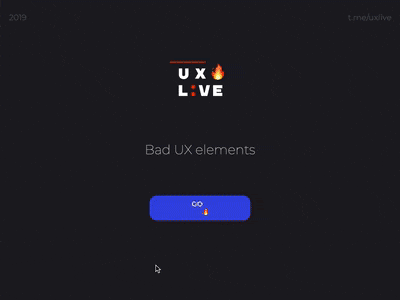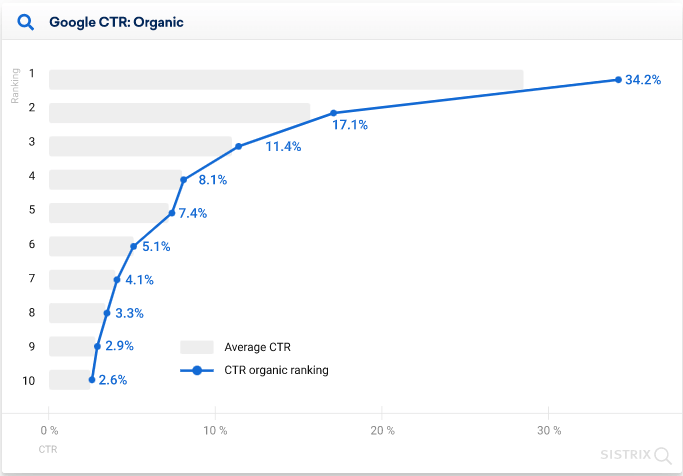
At Wonderful, we pride ourselves on being UX-led, delivering experiences online which surprise and delight, but most importantly ones which ‘just work’ for the user. This is about to get a whole-lot more important, as Google has announced that Page Experience is being added to it’s next algorithm update.

It’s not often that Google would give time to prepare for it’s next big algorithm update. In fact famously, innocuous words like ‘Panda’, ‘Penguin’ and ‘Bert‘ have struck fear into the hearts of digital specialists, with SEOs everywhere frantically working to ensure their site or clients’ site’s rankings don’t tank when these changes are released, as there’s usually very little notice or documentation.
However, Google appears to have become a little more transparent (claiming it is as a result of Covid-19’s effect on the workplace):
We recognize many site owners are rightfully placing their focus on responding to the effects of COVID-19. The ranking changes described in this post will not happen before next year, and we will provide at least six months notice before they’re rolled out. We’re providing the tools now to get you started (and because site owners have consistently requested to know about ranking changes as early as possible), but there is no immediate need to take action. Google Webmasters, 2020
The search giant has given some clear guidance on how the new Page Experience update will be implemented.
Ultimately, Google wants to help you to have the best experience.
Google is there to serve not only the most relevant content, but the most user-friendly too. Users are usually looking for answers, and want to find them as efficiently and as painlessly as possible. We’ve all had terrible user experiences online – Google is trying to minimise the likelihood of this by favouring sites with great experience.
The update builds on their Core Web Vitals platform, which focuses on the most fundamental of performance metrics including:
- Page Load Speed
- Mobile Friendliness
- Largest Contentful Paint
- First Input Delay
- Cumulative Layout Shift

However, user experience goes way beyond this, and can be tricky to quantify without slightly more advanced tools or techniques like heatmapping and user behaviour testing / interviews.
Despite this challenge, other metrics we think will contribute to the algorithm update will include:
- Bounce Rate
- Exit Rate
- Time on Page
- Number of 404 Errors
- Scroll Depth
Steady and stable wins the race.
We’ve all been there, you’re on a page, about to interact with an element, perhaps even commit to adding that product to your shopping cart, and it moves! Or it goes beneath the fold as some latent loading content finally appears. Or it just doesn’t “click” at all! The frustration you feel in these scenarios is poor user experience in a nutshell.

This is something Wonderful focus heavily on, with real thought and best-practice experience applied to each and every element placed on a page we design.
Cookie bars floating over CTA call-outs, or content loading underneath containers is just sub-par practice and something we work tirelessly to avoid in our web design and development projects. Of course, our UX competences go well beyond this, but there’s just a couple of examples.
Page Experience doesn’t usurp quality content.
Content is still king – well, alongside the hundreds of other ranking signals Google uses to decide where you appear in SERPs. In Google’s update, they explain this succinctly:
While all of the components of page experience are important, we will prioritize pages with the best information overall, even if some aspects of page experience are subpar. A good page experience doesn’t override having great, relevant content. However, in cases where there are multiple pages that have similar content, page experience becomes much more important for visibility in Search. Google Webmasters, 2020
So, this isn’t a potential golden bullet (although, of course, we strongly recommend you take a very critical look at your current user experience based on the guidance above), but it is the opportunity to gain competitive advantage, particularly if your site is constantly fighting over search engine ranking positions.
Your content might be just as valuable as your competitors, and you might be ranking one or two positions beneath the fold, with load speed, page structure and cumulative layout shift being the difference between your page capturing 34% of page 1 click through vs just 4-5%. This could have a huge impact on your traffic, and ultimately your performance.

Review, refine and get ahead of the game.
With the advanced warning of this update, there’s a real opportunity to get ahead of the curve and avoid any ranking fluctuations as a result of the update being rolled out next year.
Now really would be a fantastic opportunity to contact us to help you properly audit your current user experience, and make the necessary design and performance adjustments to rectify the key elements outlined above, so feel free to reach out or book a meeting with one of our specialists.
Latest posts

The Art of Human-Centered Design: Wonderful Strategies
Human-Centred Design is a problem-solving approach that explores the needs, behaviours, and experiences of users at every stage of the design process, creating digital products that are fundamentally people-orientated – a methodology that combines real data with creativity to develop solutions that are not only functional but also intuitive, meaningful, and aligned with user expectations.

Accessibility in UX: Designing for All Users

The Wizard of UX
Exploring the role of wonder, play and innovation in creating memorable online experiences. Uncovering the tricks behind not only getting users to their desired destinations but also how we make the steps in getting there pleasurable. What role does wonder play in these interactions and, when we know the end goal, how can we reverse-engineer wonder into the process to ignite curiosity and captivate users?